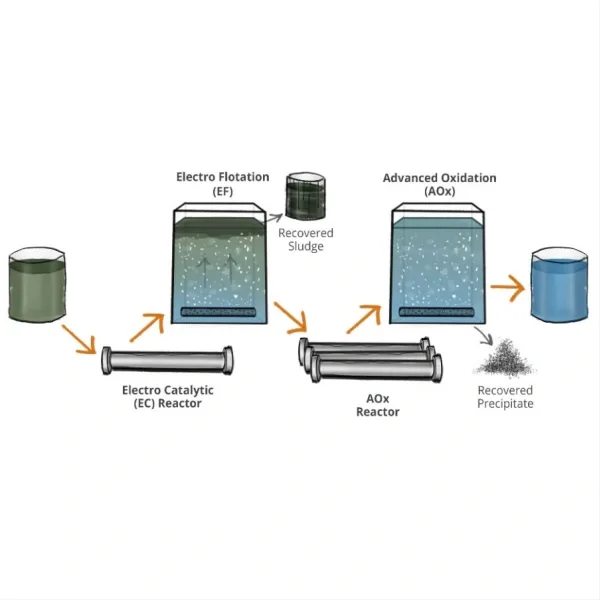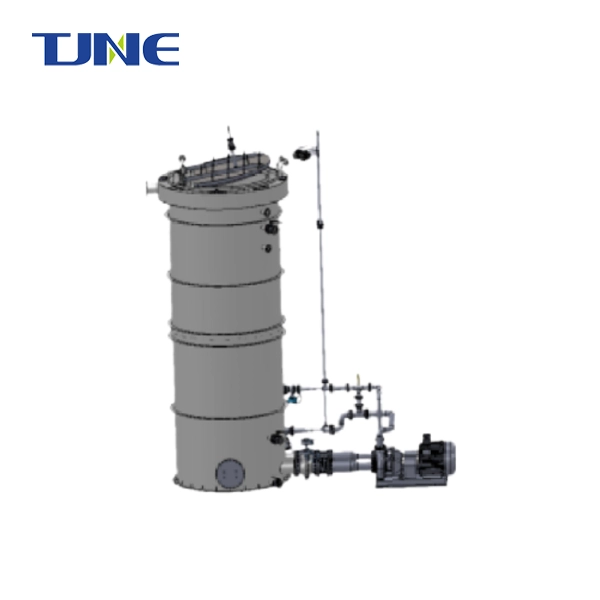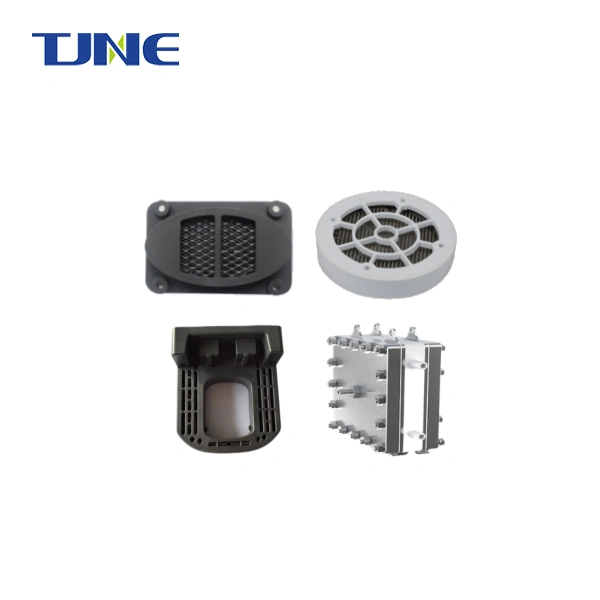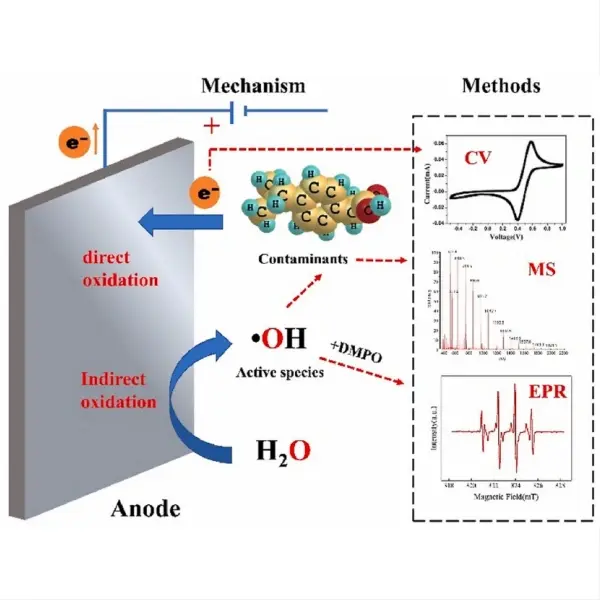- English
- French
- German
- Portuguese
- Spanish
- Russian
- Japanese
- Korean
- Arabic
- Greek
- German
- Turkish
- Italian
- Danish
- Romanian
- Indonesian
- Czech
- Afrikaans
- Swedish
- Polish
- Basque
- Catalan
- Esperanto
- Hindi
- Lao
- Albanian
- Amharic
- Armenian
- Azerbaijani
- Belarusian
- Bengali
- Bosnian
- Bulgarian
- Cebuano
- Chichewa
- Corsican
- Croatian
- Dutch
- Estonian
- Filipino
- Finnish
- Frisian
- Galician
- Georgian
- Gujarati
- Haitian
- Hausa
- Hawaiian
- Hebrew
- Hmong
- Hungarian
- Icelandic
- Igbo
- Javanese
- Kannada
- Kazakh
- Khmer
- Kurdish
- Kyrgyz
- Latin
- Latvian
- Lithuanian
- Luxembou..
- Macedonian
- Malagasy
- Malay
- Malayalam
- Maltese
- Maori
- Marathi
- Mongolian
- Burmese
- Nepali
- Norwegian
- Pashto
- Persian
- Punjabi
- Serbian
- Sesotho
- Sinhala
- Slovak
- Slovenian
- Somali
- Samoan
- Scots Gaelic
- Shona
- Sindhi
- Sundanese
- Swahili
- Tajik
- Tamil
- Telugu
- Thai
- Ukrainian
- Urdu
- Uzbek
- Vietnamese
- Welsh
- Xhosa
- Yiddish
- Yoruba
- Zulu
Swimming pools are a popular feature in many homes and public recreational facilities, providing a refreshing escape from the heat and a space for exercise and leisure. Traditionally, pool maintenance has relied heavily on chemical disinfectants, particularly chlorine, to keep the water clean and safe for swimmers. However, in recent years, alternative methods of pool disinfection have gained traction, with titanium electrodes emerging as a promising technology. While these electrodes offer several advantages, it's crucial to examine their environmental impacts to ensure that our pursuit of cleaner pools doesn't come at the cost of environmental degradation.
How do titanium electrodes work in pool disinfection systems?
Titanium electrodes are at the heart of what's known as electrolytic chlorination or salt chlorination systems for swimming pools. These systems work by using electrolysis to generate chlorine directly in the pool water, eliminating the need for manually adding chlorine compounds. Here's a breakdown of the process:
1. Salt Addition: The pool is filled with water, and a small amount of salt (sodium chloride) is added. The concentration is typically much lower than seawater, usually around 3,000-4,000 parts per million (ppm), which is barely noticeable to swimmers.
2. Electrolytic Cell: The salt water passes through an electrolytic cell containing titanium electrodes coated with precious metals like ruthenium or iridium. These coatings enhance the electrodes' catalytic properties and longevity.
3. Electrolysis: As water flows through the cell, a low-voltage electrical current is applied to the electrodes. This triggers an electrolytic reaction that splits the salt molecules.
4. Chlorine Generation: The electrolysis process produces hypochlorous acid (HOCl) and sodium hypochlorite (NaClO), which are effective sanitizers. These compounds perform the same disinfection role as traditional chlorine additives.
5. Continuous Cycle: After the chlorine compounds have done their job of sanitizing the pool, they revert back to salt. This salt is then ready to go through the process again, creating a continuous cycle of chlorine generation and regeneration.
The use of titanium electrodes in this process offers several advantages. Titanium is highly resistant to corrosion, even in the presence of chlorine and other oxidizing agents. This durability ensures a long lifespan for the electrodes, typically 5-7 years or more with proper maintenance. The precious metal coatings on the titanium surface enhance the efficiency of the chlorine generation process, ensuring that the system can produce enough sanitizer to keep the pool clean with minimal energy input.

Moreover, the electrolytic process allows for more precise control over chlorine levels in the pool. Many systems include sensors that monitor water chemistry and adjust chlorine production accordingly. This can lead to more consistent water quality and potentially reduce the occurrence of issues like algae growth or chlorine odor.
From an environmental perspective, the use of titanium electrodes in salt chlorination systems can reduce the need for transportation and storage of chlorine chemicals. Traditional pool maintenance often involves regular trips to purchase and transport chlorine, whereas salt chlorination systems require less frequent additions of salt. This can lead to a reduction in the carbon footprint associated with pool maintenance.
However, it's important to note that while titanium electrodes offer many benefits, they are not without environmental considerations. The production of titanium and the precious metals used for electrode coatings involves energy-intensive processes and mining activities. Additionally, the disposal of these electrodes at the end of their life cycle needs to be carefully managed to prevent potential environmental contamination.
As we continue to explore the use of titanium electrodes in pool disinfection, ongoing research and development are focused on improving their efficiency, extending their lifespan, and minimizing their environmental impact throughout their lifecycle.
What are the potential environmental benefits of using titanium electrodes compared to traditional chlorine systems?
The adoption of titanium electrodes in pool disinfection systems offers several potential environmental benefits when compared to traditional chlorine systems. These advantages stem from the unique properties of titanium and the way these electrodes function in salt chlorination systems. Let's explore these benefits in detail:
1. Reduced Chemical Usage and Transportation:
One of the most significant environmental benefits of titanium electrode systems is the substantial reduction in the need for chemical transportation and storage. Traditional chlorine systems require regular purchases and deliveries of chlorine in various forms (liquid, powder, or tablets). This constant transportation contributes to carbon emissions and increases the risk of chemical spills during transit. In contrast, salt chlorination systems using titanium electrodes only require periodic additions of salt, which is much less frequent and poses lower environmental risks during transportation.
2. Lower Carbon Footprint:
The reduction in chemical transportation directly translates to a lower carbon footprint for pool maintenance. Moreover, the salt used in these systems is often sourced more locally than specialized pool chemicals, further reducing the environmental impact of long-distance transportation. A study by the University of Michigan found that switching to a salt chlorination system could reduce a pool's carbon footprint by up to 40% over its lifetime.
3. Improved Water Conservation:
Titanium electrode systems often lead to better water balance and quality, which can reduce the frequency of pool water changes. Traditional chlorine systems may require more frequent partial or full water replacements due to the buildup of chemical by-products. By maintaining more stable water chemistry, titanium electrode systems can contribute to water conservation efforts, which is particularly crucial in drought-prone areas.
4. Reduction in Packaging Waste:
The use of titanium electrodes significantly reduces the amount of packaging waste associated with pool maintenance. Traditional chlorine systems require a constant supply of chemicals that come in plastic containers, buckets, or bags. These packaging materials often end up in landfills or, worse, in natural environments. Salt chlorination systems dramatically reduce this waste stream, as salt is typically sold in larger, more recyclable packages and is needed much less frequently.
5. Decreased Chemical Runoff:
While both systems ultimately use chlorine for disinfection, salt chlorination systems with titanium electrodes tend to maintain more stable chlorine levels. This stability can lead to a reduction in chemical runoff during backwashing or draining events. Excess chlorine and its by-products in traditional systems can harm aquatic ecosystems when pool water is discharged into the environment. The more controlled nature of titanium electrode systems helps mitigate this risk.

10. Reduction in Harmful Disinfection By-products:
Research has shown that salt chlorination systems may produce fewer harmful disinfection by-products (DBPs) compared to traditional chlorine systems. DBPs, such as trihalomethanes, can have negative health and environmental impacts. The more controlled chlorine production in titanium electrode systems can help minimize the formation of these compounds.
While these environmental benefits are significant, it's important to note that the overall environmental impact also depends on factors such as the manufacturing process of the titanium electrodes, the source of the electricity used to power the system, and proper disposal practices at the end of the electrode's life cycle. Continuous improvements in these areas are essential to maximize the environmental benefits of titanium electrode systems in pool disinfection.
As the swimming pool industry continues to evolve, the use of titanium electrodes represents a step towards more sustainable pool maintenance practices. However, ongoing research and development are crucial to further enhance their environmental performance and address any potential drawbacks.
What are the potential drawbacks or limitations of titanium electrodes in pool systems?
While titanium electrodes in pool disinfection systems offer numerous benefits, they are not without potential drawbacks and limitations. Understanding these challenges is crucial for pool owners, operators, and environmental scientists to make informed decisions and work towards mitigating any negative impacts. Let's explore the potential drawbacks and limitations in detail:
1. Initial Cost and Installation Complexity:
One of the primary limitations of titanium electrode systems is the higher upfront cost compared to traditional chlorine systems. The sophisticated technology, including the electrodes themselves, control units, and sensors, can make the initial investment substantial. This higher cost may deter some pool owners, particularly in residential settings, from adopting the technology. Additionally, retrofitting an existing pool with a salt chlorination system can be complex and may require professional installation, further increasing the initial expenses.
2. Energy Dependency:
While titanium electrode systems are generally energy-efficient, they do require a constant supply of electricity to function. This dependency on electrical power can be a limitation in areas with unreliable power supplies or during power outages. In such cases, the pool may be left without active disinfection, potentially compromising water quality. Traditional chlorine systems, on the other hand, can continue to provide residual disinfection even during power interruptions.
3. Salt Accumulation and Disposal:
Although salt chlorination systems require less frequent additions of chemicals, they do lead to an accumulation of salt in the pool water over time. This can have several environmental implications:
- Soil Salinity: When pool water is backwashed or drained, the higher salt content can affect soil salinity in the surrounding area. This may impact plant growth and soil health, especially in regions with already high soil salinity.
- Freshwater Impacts: Discharge of salt-rich pool water into freshwater systems can harm aquatic ecosystems not adapted to higher salinity levels.
- Groundwater Concerns: In areas with high water tables or vulnerable aquifers, there may be concerns about salt from pool water leaching into groundwater supplies.
4. Maintenance and Scaling Issues:
Titanium electrode systems require specific maintenance to function optimally:
- Scale Buildup: The electrolytic process can lead to calcium scale buildup on the electrodes, reducing their efficiency over time. This scaling can be more pronounced in areas with hard water, requiring more frequent cleaning or the use of additional water treatment systems.
- Cell Cleaning: Regular cleaning of the electrolytic cell is necessary to maintain efficiency. This process often involves using acidic solutions, which, if not handled properly, can pose environmental risks.
5. pH Fluctuations:
Salt chlorination systems tend to increase the pH of pool water over time due to the electrolysis process. This gradual pH rise necessitates more frequent pH adjustments, often requiring the addition of acid to maintain proper water balance. The increased use of pH-lowering chemicals and their potential runoff can have environmental implications.
To address these limitations and drawbacks, ongoing research and development in the field of pool disinfection technology is crucial. Efforts are being made to improve the efficiency of titanium electrodes, develop more environmentally friendly coatings, and create better control systems to optimize chlorine production and energy use. Additionally, advancements in recycling technologies for titanium electrodes and improved guidelines for the responsible discharge of salt-rich pool water are areas of focus for enhancing the overall environmental performance of these systems.
As the technology continues to evolve, it's important for pool owners, operators, and environmental agencies to stay informed about the latest developments and best practices in using titanium electrode systems. By understanding both the benefits and limitations of this technology, stakeholders can make informed decisions that balance effective pool disinfection with environmental responsibility.
In conclusion, while titanium electrodes in pool disinfection systems offer significant environmental advantages over traditional chlorine methods, they also present unique challenges that require careful consideration and management. As we continue to seek more sustainable solutions for pool maintenance, addressing these limitations will be key to maximizing the potential of this technology while minimizing its environmental footprint.
If you are interested in the products of Xi'an Taijin New Energy & Materials Sci-Tech Co., Ltd., please contact yangbo@tjanode.com.
References
1. World Health Organization. (2006). Guidelines for safe recreational water environments. Volume 2, Swimming pools and similar environments.
2. Zwiener, C., Richardson, S. D., De Marini, D. M., Grummt, T., Glauner, T., & Frimmel, F. H. (2007). Drowning in disinfection byproducts? Assessing swimming pool water. Environmental Science & Technology, 41(2), 363-372.
3. Bouvy, C., Simard, S., Claveau, S., & Rodriguez, M. J. (2020). Evaluation of the impact of salt chlorine generators on disinfection by-product levels in indoor swimming pools. Chemosphere, 252, 126525.
4. Chowdhury, S., Alhooshani, K., & Karanfil, T. (2014). Disinfection byproducts in swimming pool: occurrences, implications and future needs. Water Research, 53, 68-109.
5. Hansen, K. M., Zortea, R., Piketty, A., Vega, S. R., & Andersen, H. R. (2013). Photolytic removal of DBPs by medium pressure UV in swimming pool water. Science of the Total Environment, 443, 850-856.
6. Simard, S., Tardif, R., & Rodriguez, M. J. (2013). Variability of chlorination by-product occurrence in water of indoor and outdoor swimming pools. Water Research, 47(5), 1763-1772.
7. Florentin, A., Hautemanière, A., & Hartemann, P. (2011). Health effects of disinfection by-products in chlorinated swimming pools. International Journal of Hygiene and Environmental Health, 214(6), 461-469.
8. Lee, J., Jun, M. J., Lee, M. H., Lee, M. H., Eom, S. W., & Zoh, K. D. (2010). Production of various disinfection byproducts in indoor swimming pool waters treated with different disinfection methods. International Journal of Hygiene and Environmental Health, 213(6), 465-474.
Related Industry Knowledge
- How Long Do Titanium Anodes Last in a Swimming Pool System?
- How to Install Titanium Anodes in Your Swimming Pool?
- What are the Guidelines and Regulations for Swimming Pool Disinfection?
- How Long Do Titanium Electrodes Last in Swimming Pool Applications?
- How do Titanium Electrodes Contribute to Sustainable Swimming?
- What is a Titanium Electrode for Swimming Pool Disinfection?
- Are There Any Safety Considerations When Using Titanium Electrodes in Swimming Pools?












